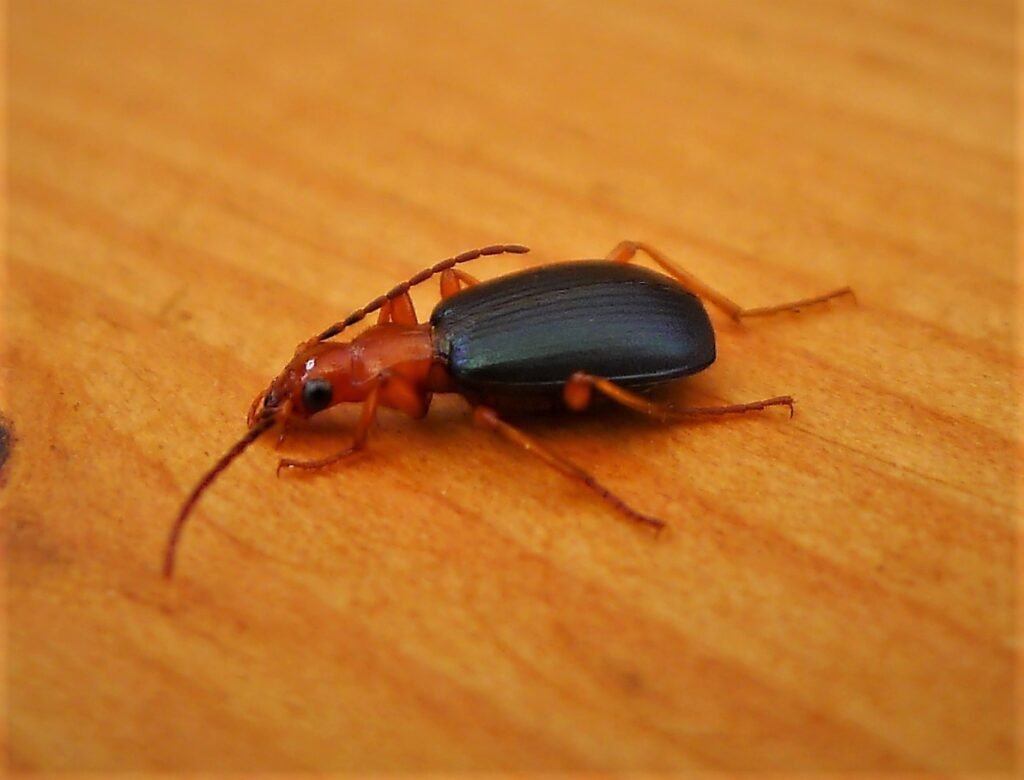Imagine carrying around a personal defense system that could instantly produce a boiling hot chemical spray capable of deterring predators. This isn’t science fiction – it’s the everyday reality of the bombardier beetle, one of nature’s most remarkable chemical engineers. These small insects have evolved what can only be described as a biological chemical reactor, complete with specialized chambers, precise chemical mixing, and explosive reactions that would make any industrial chemist envious.
The Explosive Arsenal Inside a Tiny Body
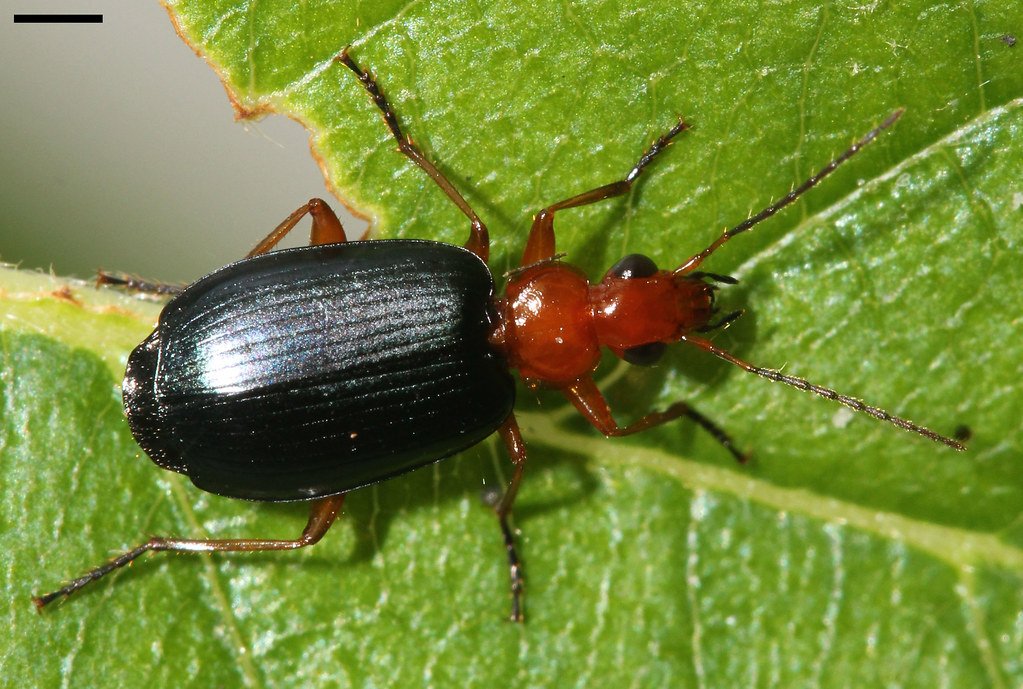
The bombardier beetle’s defense mechanism represents one of the most sophisticated chemical weapons in the animal kingdom. When threatened, these beetles can fire a scorching spray that reaches temperatures of up to 212°F (100°C) – literally boiling hot. The spray isn’t just hot; it’s a toxic cocktail of chemicals that can blind, burn, and repel attackers with devastating effectiveness.
What makes this system truly extraordinary is its miniaturization. The entire chemical reactor fits within the beetle’s abdomen, yet it operates with the precision of a high-tech laboratory. The beetle can aim its spray with remarkable accuracy, rotating its abdomen to target threats from multiple angles. This biological marvel has captured the attention of scientists, engineers, and biomimicry researchers worldwide.
Two Chambers, One Devastating Reaction

The bombardier beetle’s chemical defense system relies on a two-chamber design that prevents premature detonation. The first chamber stores a mixture of hydroquinone and hydrogen peroxide – chemicals that would normally react violently when combined. However, the beetle keeps these substances stable through careful pH management and separation techniques that chemists are still studying.
The second chamber, called the reaction chamber, contains a cocktail of enzymes including catalase and peroxidase. When the beetle contracts its abdominal muscles, the chemicals from the first chamber are forced into the reaction chamber, where the enzymes trigger an explosive oxidation reaction. This biological timing system ensures the beetle doesn’t accidentally harm itself while maintaining the ability to deploy its weapon instantly.
The Chemistry Behind the Chaos

The chemical reaction occurring inside the bombardier beetle is essentially a controlled explosion. When hydroquinone meets hydrogen peroxide in the presence of catalase, the reaction produces quinone, water, and oxygen gas. The rapid production of oxygen gas creates the pressure needed to expel the mixture, while the quinone serves as the primary irritant and toxin.
The reaction is exothermic, meaning it releases tremendous amounts of heat energy. This heat generation is so intense that it literally boils the water produced in the reaction, creating a scalding spray that can reach temperatures comparable to boiling water. The entire process occurs in milliseconds, demonstrating the efficiency of this biological chemical reactor.
Nature’s Perfect Timing Mechanism
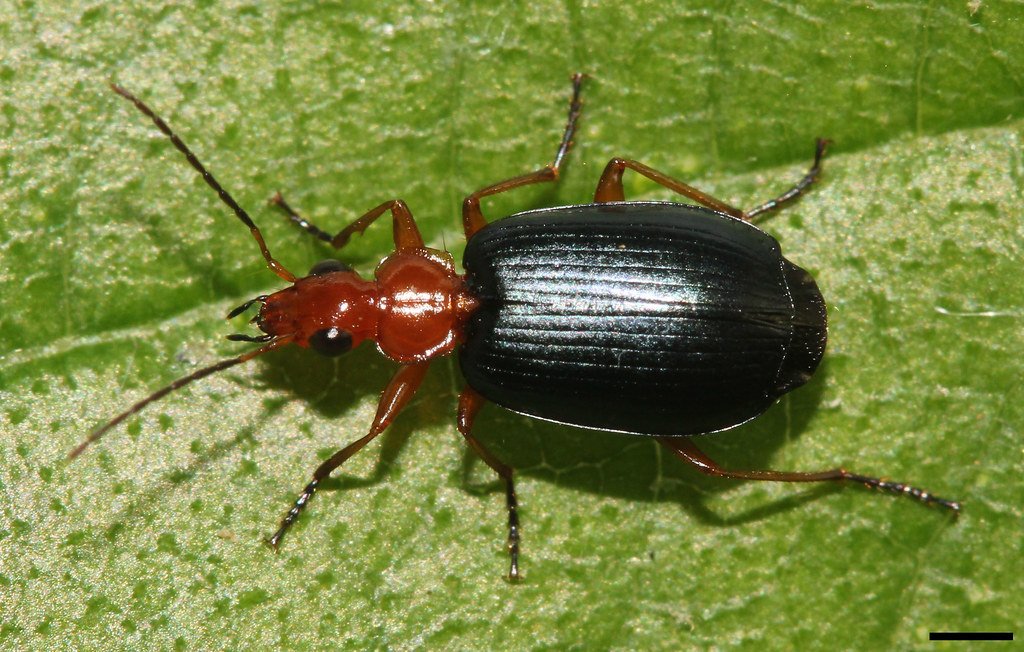
One of the most impressive aspects of the bombardier beetle’s defense system is its precise timing control. The beetle can fire its chemical spray in rapid pulses, with each pulse lasting only a few milliseconds. High-speed photography has revealed that the beetle can fire up to 500 pulses per second, creating a machine-gun-like barrage of chemical warfare.
This pulsed firing pattern serves multiple purposes. It conserves the beetle’s limited chemical reserves while maximizing the deterrent effect. The intermittent firing also allows the reaction chamber to cool slightly between pulses, preventing the beetle from literally cooking itself with its own defense mechanism. This sophisticated timing system rivals the precision of modern mechanical devices.
Temperature Control in a Microscopic Reactor
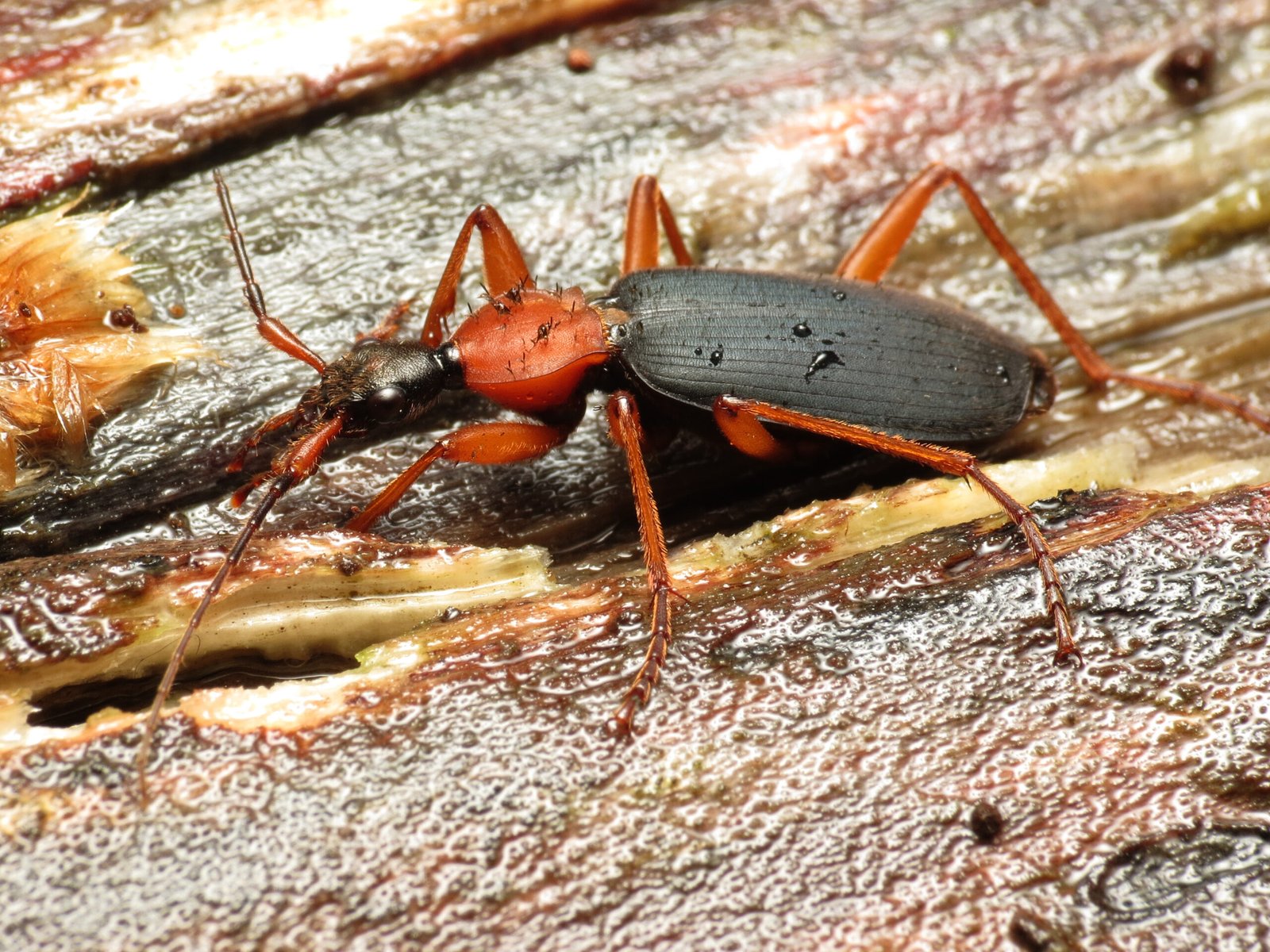
Managing extreme temperatures in such a small biological system presents enormous challenges. The bombardier beetle has evolved sophisticated heat management strategies that prevent thermal damage to its own tissues. The reaction chamber is lined with specialized cells that can withstand the extreme temperatures, while the beetle’s exoskeleton provides additional thermal protection.
The beetle also employs rapid cooling mechanisms between chemical discharges. The pulsed firing pattern allows heat to dissipate, while the beetle’s circulatory system helps carry away excess thermal energy. This biological heat management system is so efficient that engineers are studying it for applications in microelectronics and thermal management systems.
Pressure Dynamics and Fluid Mechanics

The bombardier beetle’s spray system operates under principles of fluid dynamics that would impress any mechanical engineer. The rapid gas production creates pressures that can exceed 50 times atmospheric pressure within the reaction chamber. This intense pressure is channeled through specialized nozzles that focus and direct the chemical spray with remarkable precision.
The beetle’s ability to control spray direction and intensity demonstrates sophisticated pressure regulation. By adjusting muscle contractions and chamber positioning, the beetle can vary the force and range of its chemical weapon. Some species can accurately target threats at distances exceeding their own body length, showcasing the effectiveness of this biological pressure system.
The Enzyme Orchestra

The bombardier beetle’s chemical reactor depends on a complex orchestra of enzymes working in perfect harmony. Catalase breaks down hydrogen peroxide, while peroxidase facilitates the oxidation of hydroquinone. These enzymes must be present in precise concentrations to ensure the reaction proceeds at the correct rate and intensity.
What’s particularly fascinating is how the beetle maintains these enzymes in an active state while preventing premature reactions. The enzymes are stored in specialized cells within the reaction chamber, protected from the reactive chemicals until the moment of deployment. This biological enzyme management system represents millions of years of evolutionary refinement.
Chemical Storage and Stability
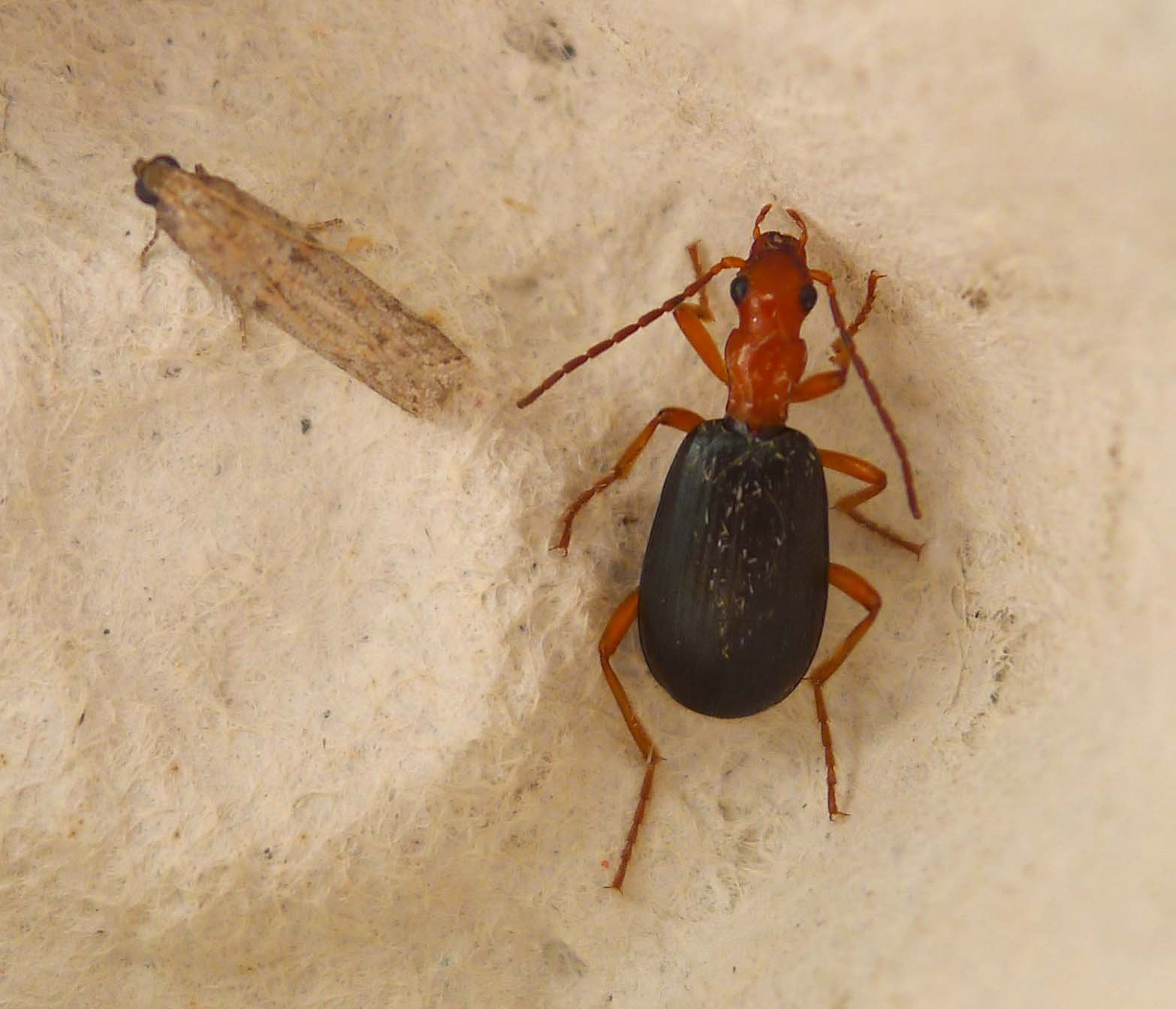
Storing highly reactive chemicals safely within a living organism presents unique challenges. The bombardier beetle has evolved specialized storage cells that maintain chemical stability through careful pH control and molecular isolation. Hydroquinone and hydrogen peroxide are kept in separate compartments, preventing accidental mixing that could prove fatal to the beetle.
The beetle also produces these chemicals continuously, replacing depleted stores after each defensive encounter. This biological chemical factory operates 24/7, synthesizing and storing the compounds needed for survival. The efficiency of this production system allows the beetle to maintain its defensive capabilities throughout its lifetime.
Aiming Systems and Ballistics
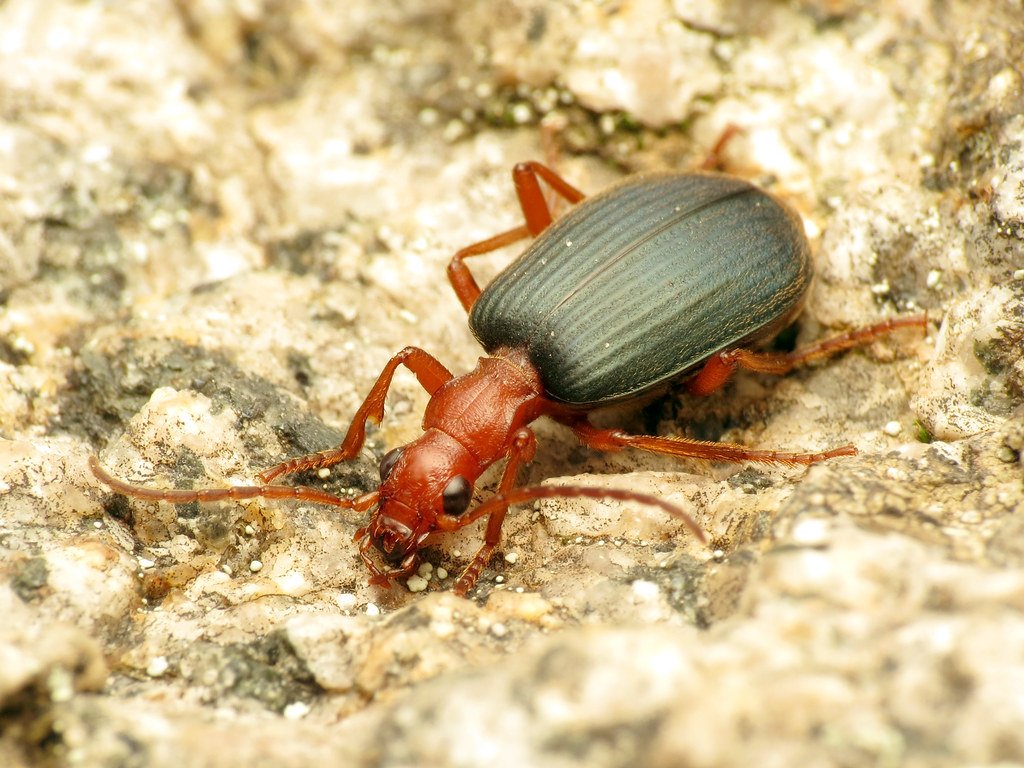
The bombardier beetle’s ability to aim its chemical spray with pinpoint accuracy involves sophisticated biological ballistics. The beetle’s abdomen can rotate nearly 270 degrees, allowing it to target threats from almost any angle. Specialized muscle groups control both the direction and elevation of the spray nozzle, creating a biological artillery system.
The beetle’s targeting system also includes sensory feedback mechanisms that help it track moving predators. By detecting vibrations, chemical signals, and visual cues, the beetle can predict predator movements and adjust its aim accordingly. This biological guidance system demonstrates the integration of sensory input with mechanical action in a remarkably compact package.
Species Variations and Chemical Diversity
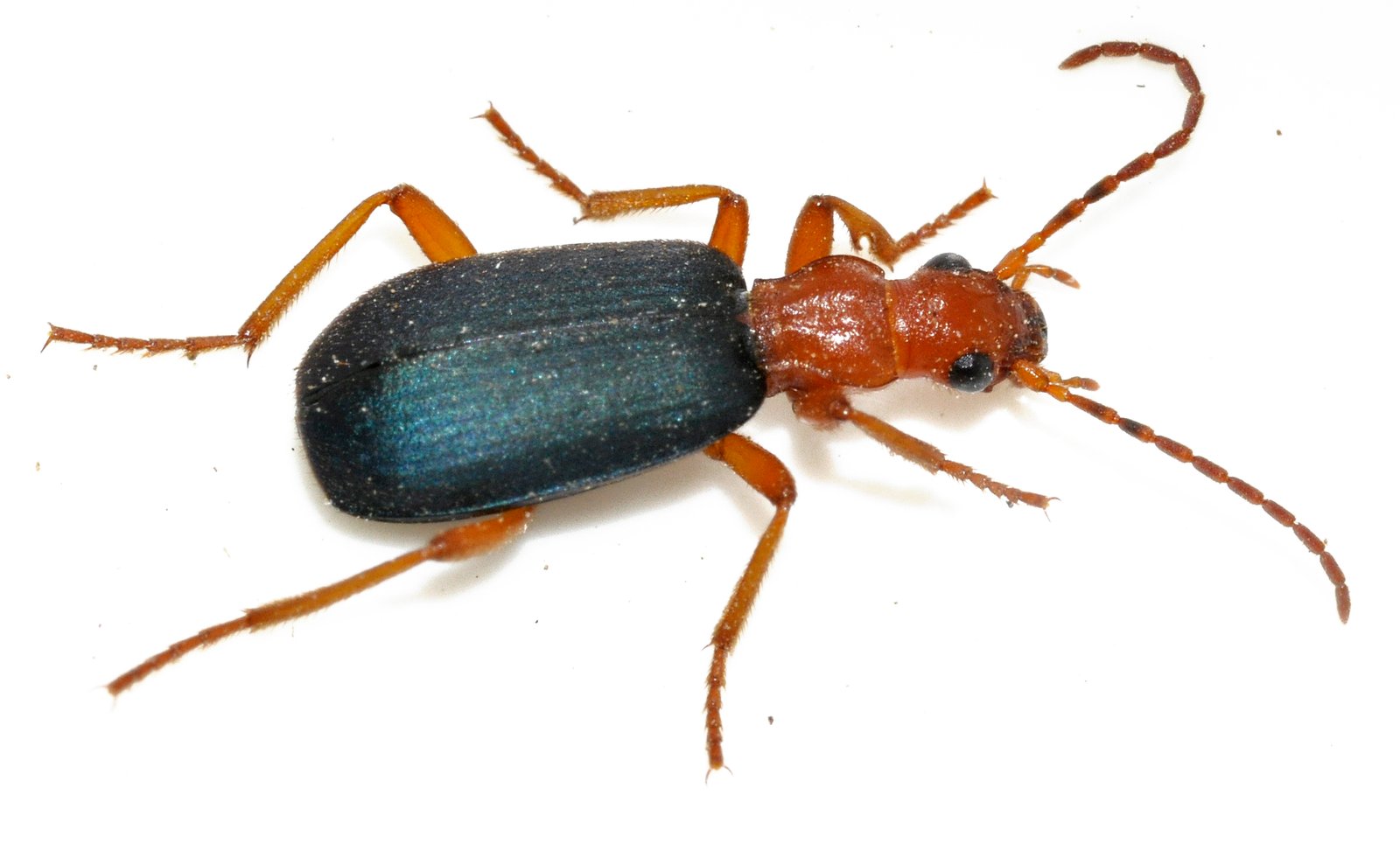
Not all bombardier beetles are created equal when it comes to their chemical arsenals. Different species have evolved variations in their chemical compositions, with some producing more potent toxins while others focus on higher temperatures or greater spray volumes. These variations reflect different evolutionary pressures and ecological niches.
Some bombardier beetle species have developed additional chemical compounds that enhance their defensive capabilities. These may include surfactants that improve spray adhesion, additional irritants that increase toxicity, or compounds that produce distinctive odors to deter specific predators. This chemical diversity demonstrates the flexibility of the basic bombardier beetle design.
Predator Responses and Evolutionary Arms Race
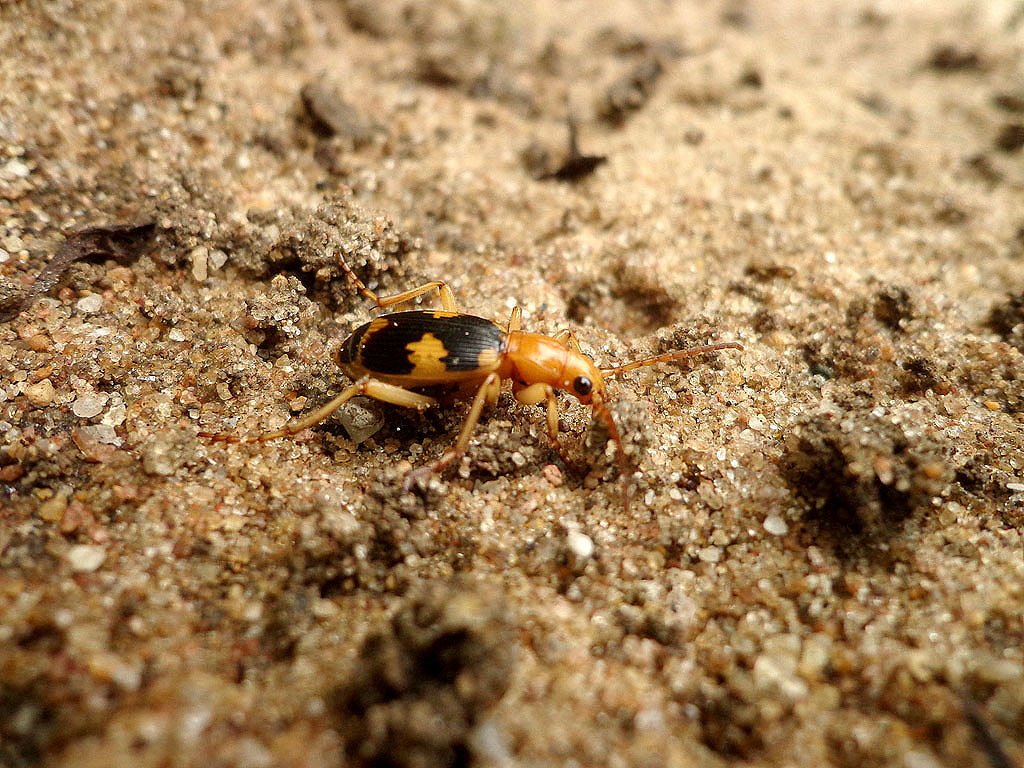
The bombardier beetle’s chemical defense system has driven an evolutionary arms race with its predators. Some predators have developed countermeasures, such as attacking from specific angles or developing resistance to the beetle’s chemical cocktail. This ongoing evolutionary pressure has led to continuous refinement of the beetle’s defensive capabilities.
Interestingly, some predators have learned to exploit weaknesses in the bombardier beetle’s system. Certain birds and mammals have developed techniques for avoiding the chemical spray while still capturing the beetle. This predator-prey dynamic demonstrates how even the most sophisticated biological systems face constant evolutionary challenges.
Energy Economics of Chemical Warfare
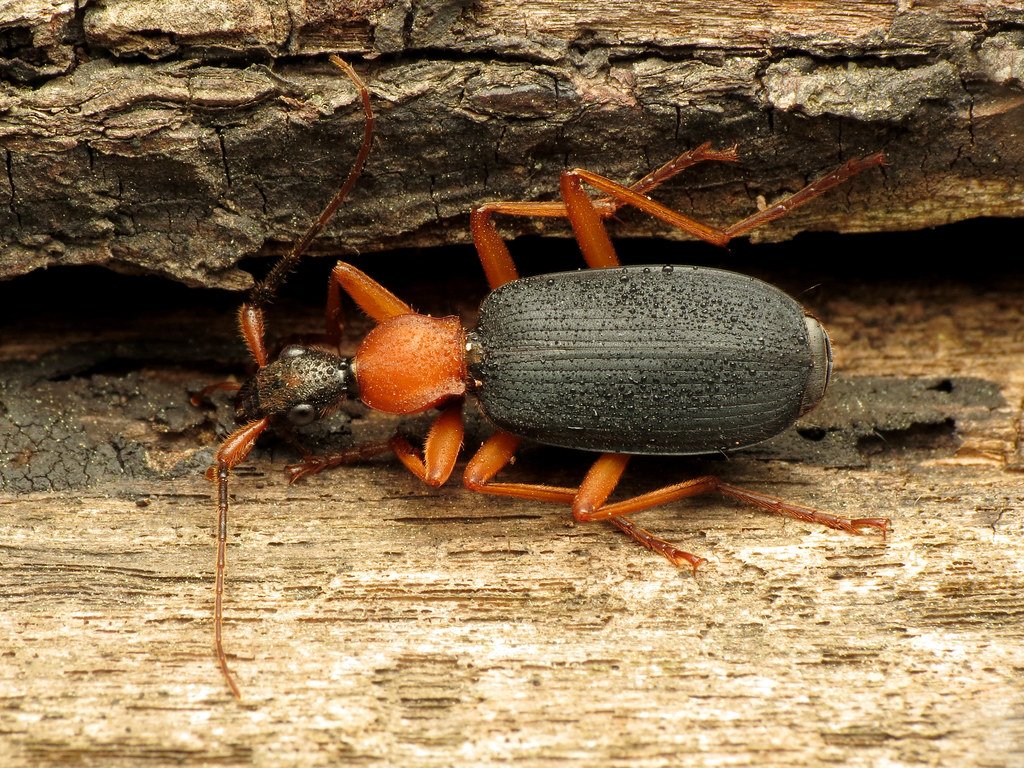
Maintaining a chemical defense system requires significant energy investment. The bombardier beetle must continuously synthesize reactive chemicals, maintain specialized storage systems, and power the explosive reactions. This energy cost represents a substantial portion of the beetle’s metabolic budget, highlighting the importance of this defense mechanism for survival.
The beetle has evolved energy-efficient strategies to minimize the costs of its chemical warfare system. By using catalytic enzymes and optimizing reaction conditions, the beetle maximizes the defensive impact while minimizing energy expenditure. This biological efficiency has inspired research into more sustainable chemical processes and energy systems.
Biomimicry and Engineering Applications
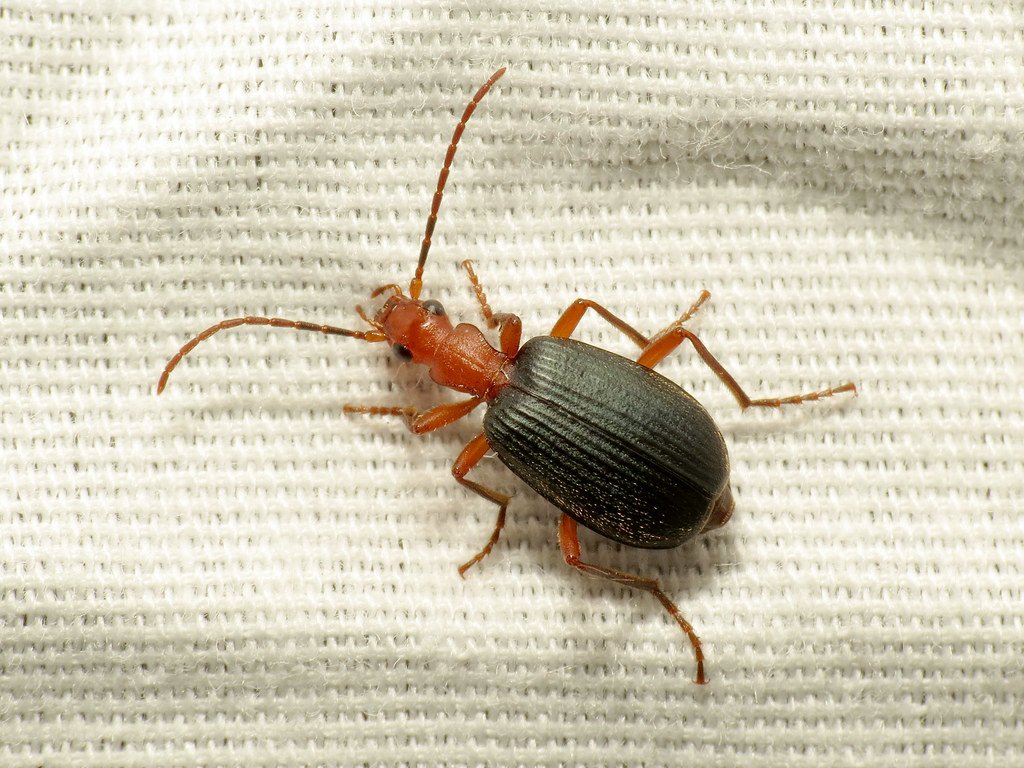
The bombardier beetle’s chemical reactor has inspired numerous biomimicry projects in engineering and technology. Researchers are developing micro-scale propulsion systems based on the beetle’s pulsed reaction chamber design. These systems could power tiny robots, medical devices, or spacecraft that require efficient propulsion in miniaturized packages.
Military applications have also drawn inspiration from the bombardier beetle’s defensive system. Non-lethal weapons systems based on similar chemical principles could provide effective crowd control or personal protection options. The beetle’s precise timing and targeting mechanisms offer valuable insights for developing more accurate and controllable defensive technologies.
Medical and Pharmaceutical Insights
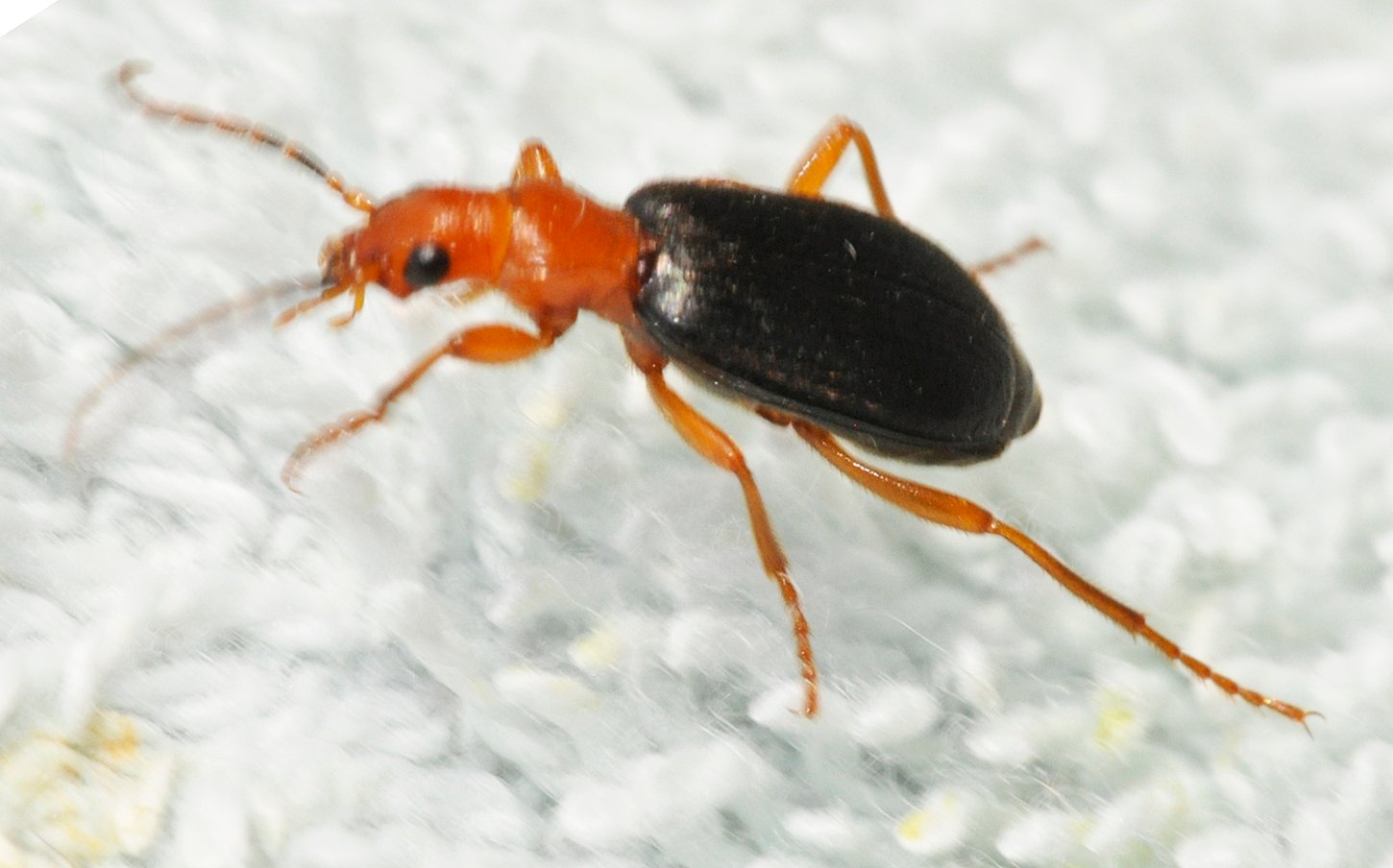
The bombardier beetle’s chemical system has revealed important principles for drug delivery and medical applications. The beetle’s ability to generate precise chemical reactions in microscopic spaces has inspired research into targeted drug delivery systems. These systems could potentially deliver medications directly to specific cells or tissues with unprecedented precision.
The beetle’s enzyme management strategies have also contributed to pharmaceutical research. Understanding how the beetle maintains enzyme stability and activity in challenging chemical environments has led to improvements in enzyme-based therapies and industrial processes. This biological inspiration continues to drive innovation in medical technology.
Environmental Impact and Ecological Role
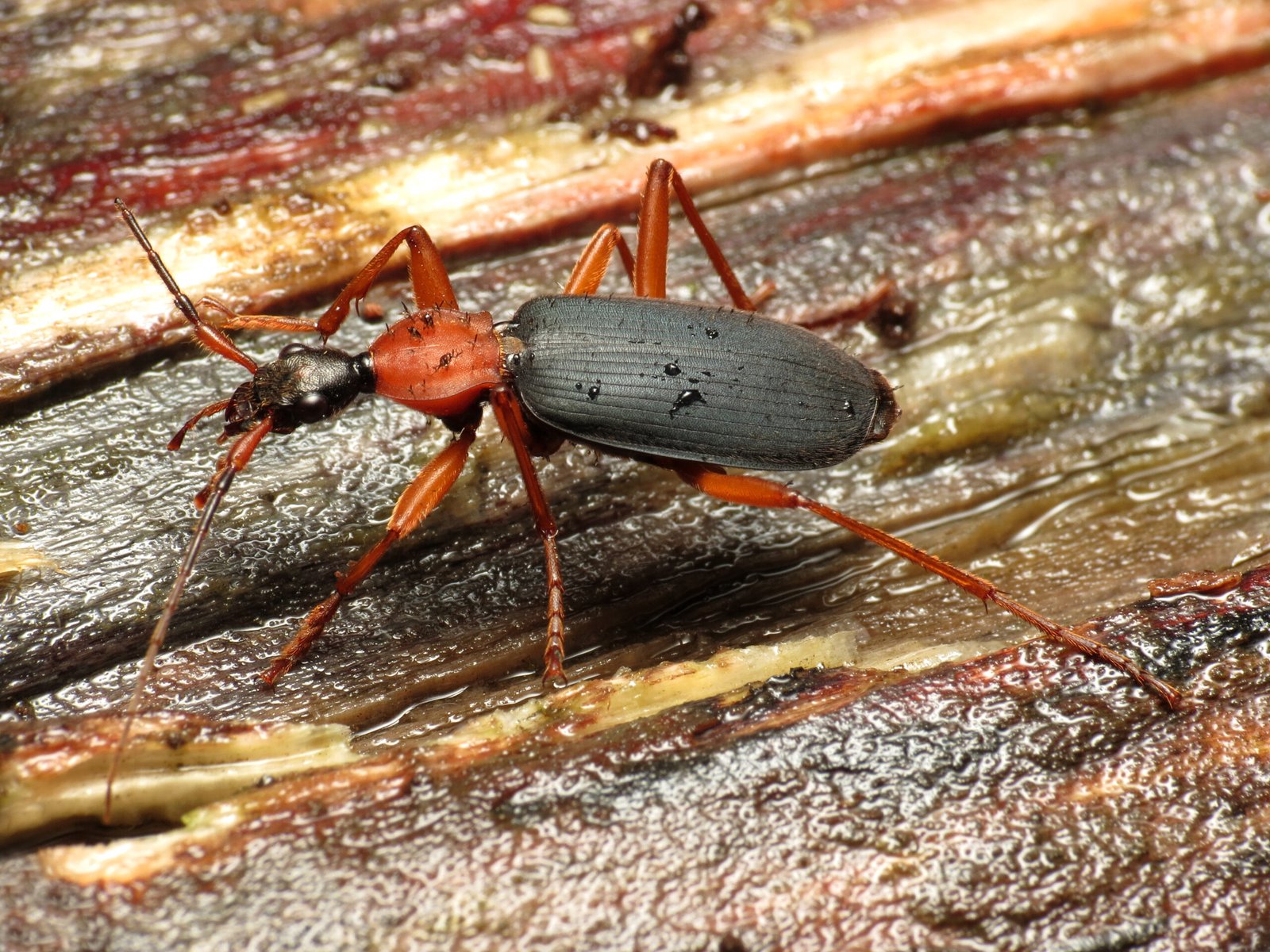
The bombardier beetle’s chemical defense system plays a crucial role in maintaining ecological balance. By deterring predators effectively, these beetles can occupy niches that might otherwise be unavailable to small insects. Their presence affects food webs and predator-prey relationships throughout their ecosystems.
The chemicals produced by bombardier beetles also influence their immediate environment. The compounds released during defensive encounters can affect soil chemistry, plant growth, and microbial communities. This ecological impact demonstrates how individual defensive adaptations can have far-reaching environmental consequences.
Developmental Biology and Genetic Control

The development of the bombardier beetle’s chemical reactor involves complex genetic programming that coordinates the formation of specialized cells, organs, and chemical pathways. Scientists are studying how genes control the development of this intricate system, revealing insights into evolutionary developmental biology and genetic engineering possibilities.
The genetic mechanisms that control chemical production and storage in bombardier beetles could potentially be applied to biotechnology applications. Understanding these genetic controls might enable the development of genetically modified organisms capable of producing specific chemicals for industrial or medical purposes. This research represents a frontier in synthetic biology and genetic engineering.
Future Research Directions
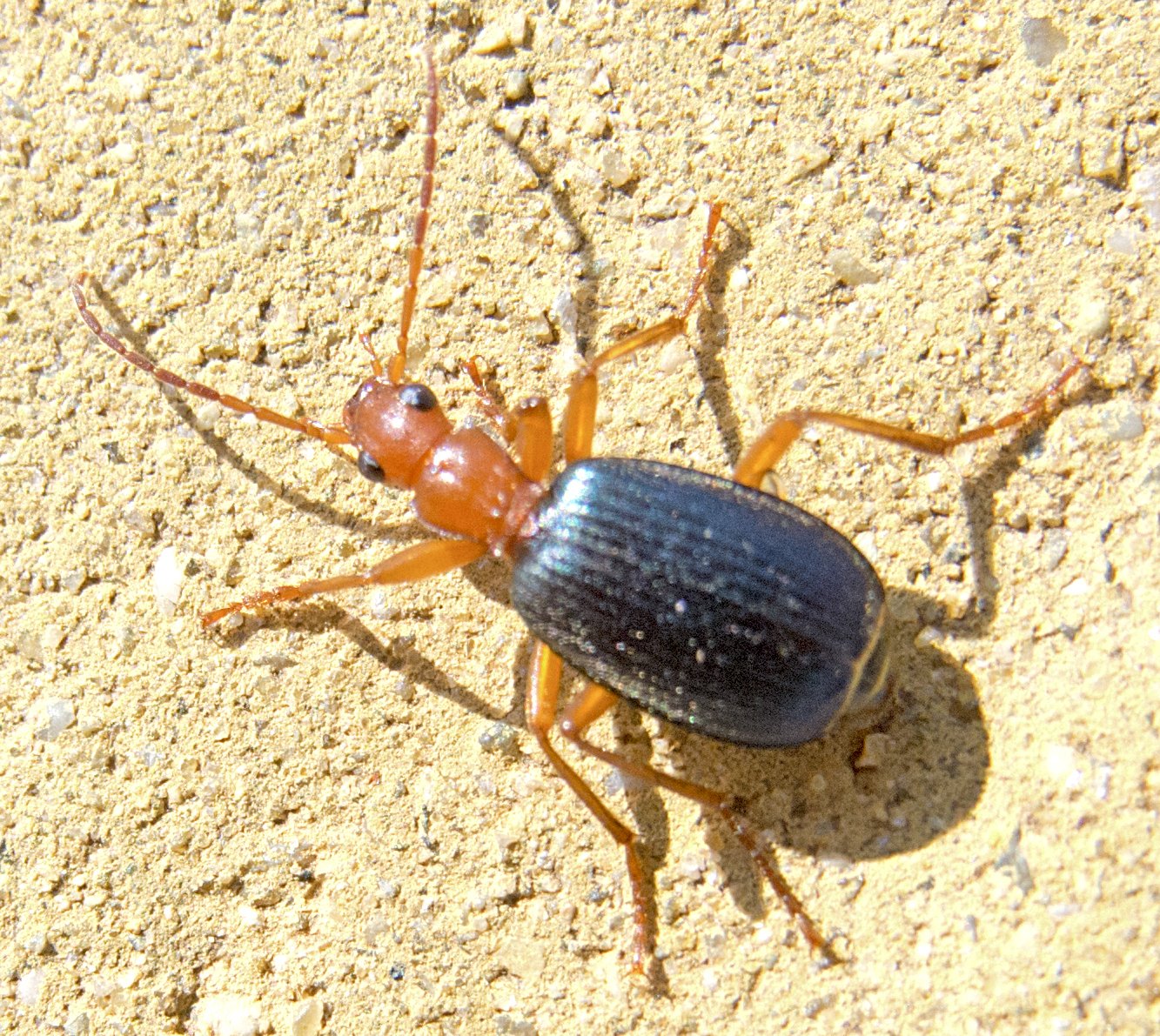
Current research on bombardier beetles continues to reveal new insights into their chemical defense mechanisms. Advanced imaging techniques are providing unprecedented views of the beetle’s internal chemistry, while molecular biology tools are uncovering the genetic basis of their remarkable capabilities. These studies are opening new avenues for technological innovation and biological understanding.
Future research directions include developing synthetic versions of the beetle’s chemical reactor, understanding the evolutionary origins of this complex system, and exploring applications in nanotechnology and materials science. The bombardier beetle continues to serve as a model for biological innovation and technological inspiration.
The Ultimate Biological Achievement
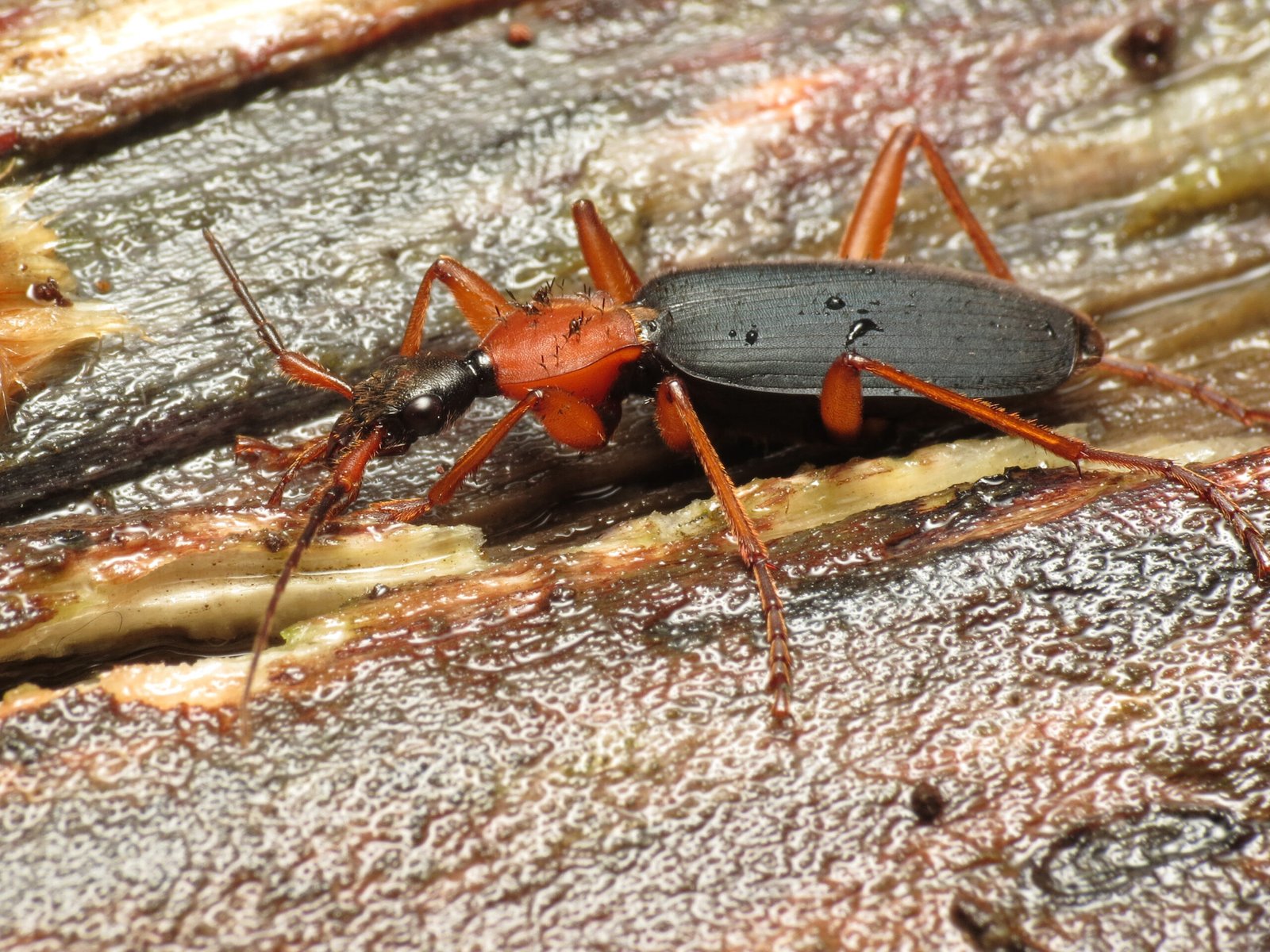
The bombardier beetle represents one of nature’s most extraordinary achievements in biological engineering. This tiny insect has evolved a chemical defense system that rivals human technology in its sophistication and efficiency. The beetle’s ability to combine chemistry, mechanics, and biology into a perfectly integrated defensive weapon demonstrates the incredible power of evolutionary innovation.
From its precise timing mechanisms to its sophisticated heat management systems, the bombardier beetle challenges our understanding of what’s possible in biological systems. This remarkable creature continues to inspire scientists, engineers, and researchers worldwide, proving that some of nature’s smallest organisms harbor the most impressive technologies. What other biological marvels are waiting to be discovered in the natural world around us?

